The second blog in this series is dedicated to the most colourful of them all: the Nymphalidae’s. The are also called the “brush footed” butterflies and there are about 6.000 different species in this family. Most species have a reduced pair of forelegs and many hold their colourful wings flat when resting. Funny enough are the bright colours on their upperwings compensated by a dull pattern on their underwings. Let’s show what I’ve got.
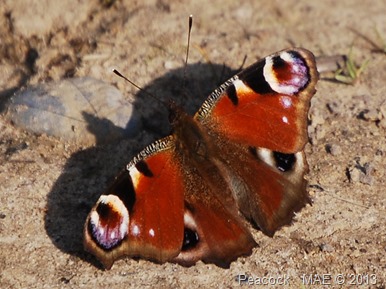 Who doesn’t know the Peacock (Inachis Io)? This extremely beautiful
Who doesn’t know the Peacock (Inachis Io)? This extremely beautiful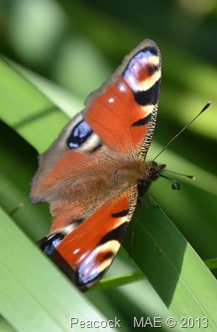 and very recognizable butterfly can be seen from early March until September, with a pause when the eggs change into caterpillars etc. in June.
and very recognizable butterfly can be seen from early March until September, with a pause when the eggs change into caterpillars etc. in June.
The big eyes on the tip of the forewings are of course the reason for it’s name.
Normally, you will see just one flying very gracefully and land on anything. From the ground to long grass to flowers, as you can see from these three pictures. This butterfly is called in Dutch: Dagpauwoog.
There is not much more to be said, other than enjoy the pictures…and the actual butterfly when you see it.
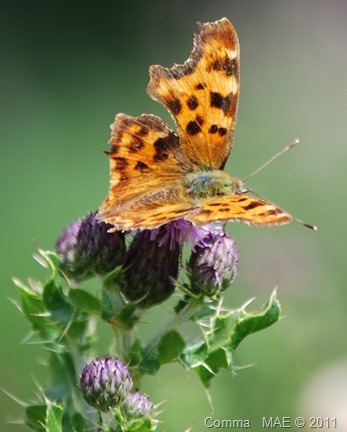 The Comma (Polygonia C-Album) butterfly is always kind enough to wait for me to take several pictures, before it flies away again. A very calm and hardly stressed butterfly indeed.
The Comma (Polygonia C-Album) butterfly is always kind enough to wait for me to take several pictures, before it flies away again. A very calm and hardly stressed butterfly indeed.
They can be seen on the ground as well as in low bushes at the edge of forests. I have even seen one in my garden this year as well.
It is called Gehakkelde Aurelia in Dutch.
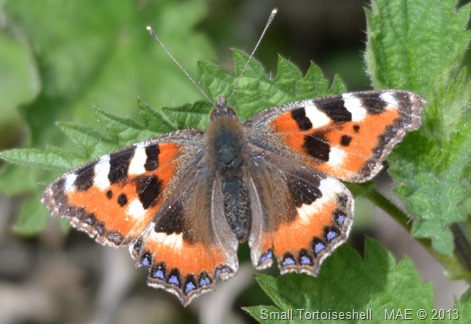 The Small Tortoiseshell (Aglais Urticae) is reported to be in decline. Although not 100% scientifically proven, a parasite seems to be the best explanation at present. That is a shame, because they are truly colourful with a very busy pattern on their wings. perhaps the most distinguishable are the bleu spots on the edge of the lower upperwing.
The Small Tortoiseshell (Aglais Urticae) is reported to be in decline. Although not 100% scientifically proven, a parasite seems to be the best explanation at present. That is a shame, because they are truly colourful with a very busy pattern on their wings. perhaps the most distinguishable are the bleu spots on the edge of the lower upperwing.
This butterfly was the first one I ever took a picture of in the wild. It has captured my interest ever since. It is called Kleine Vos in Dutch.
Recently I saw two of them mating, which is always a good thing to see since it means that there will be a new generation afterwards. They could use this boost!
I have published that picture in an earlier blog, but it deserves to be shown again in celebration of this wonderful butterfly.
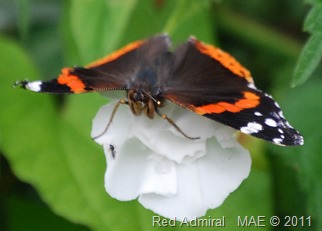
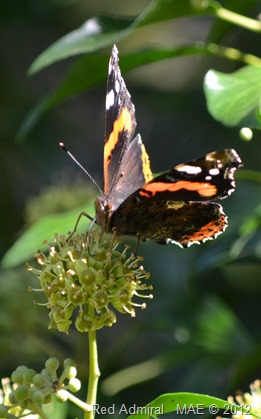 The last in this blog about the Nymphalidae is the Red Admiral (Vanessa Atalanta). Regal, authoritative and colourful. This butterfly is a true member of the family.
The last in this blog about the Nymphalidae is the Red Admiral (Vanessa Atalanta). Regal, authoritative and colourful. This butterfly is a true member of the family.
Their upperwings are indeed much more colourful than the somewhat dull underwings. But who is complaining, if you are privileged to see one anyway?
I have seen them often on big flowers, which makes their sight even more spectacular. In Dutch, this butterfly is simply called: Atalanta.
In the next blog of this series I will show the family of the Pieridae or “the whites”.
It was a hard call to decide with which of these four to finish off. I decided for a picture of a radiant and almost transparent Comma.

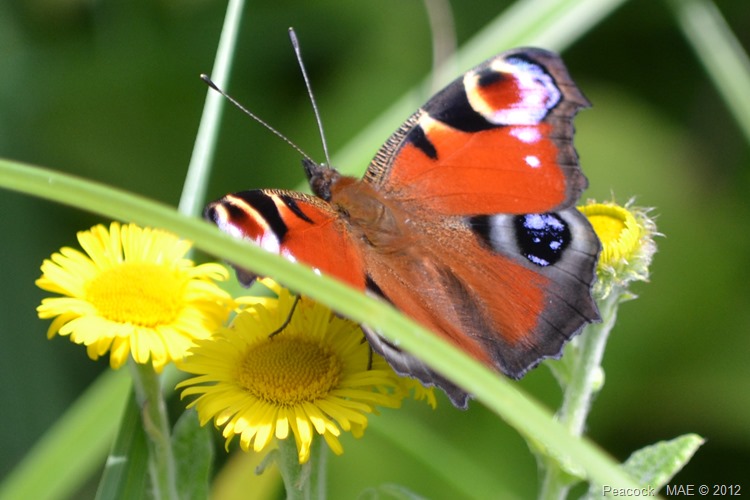
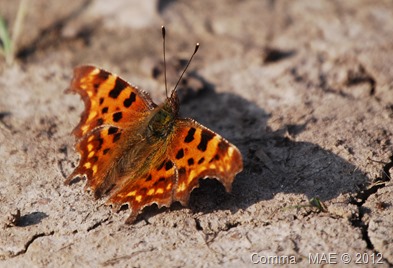
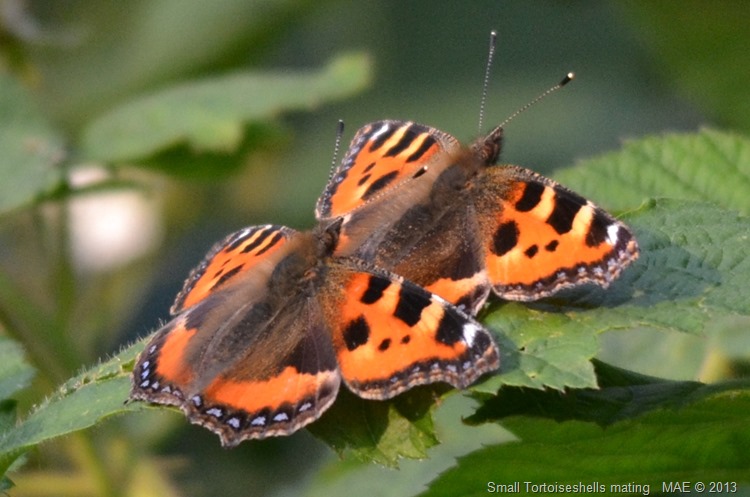
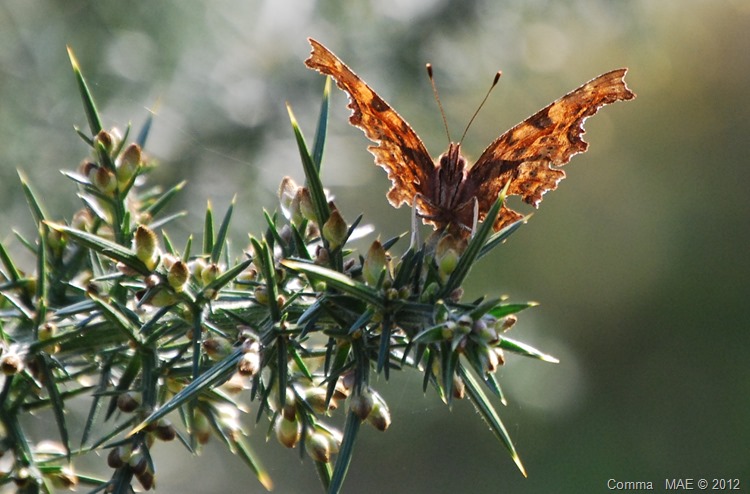
No comments:
Post a Comment